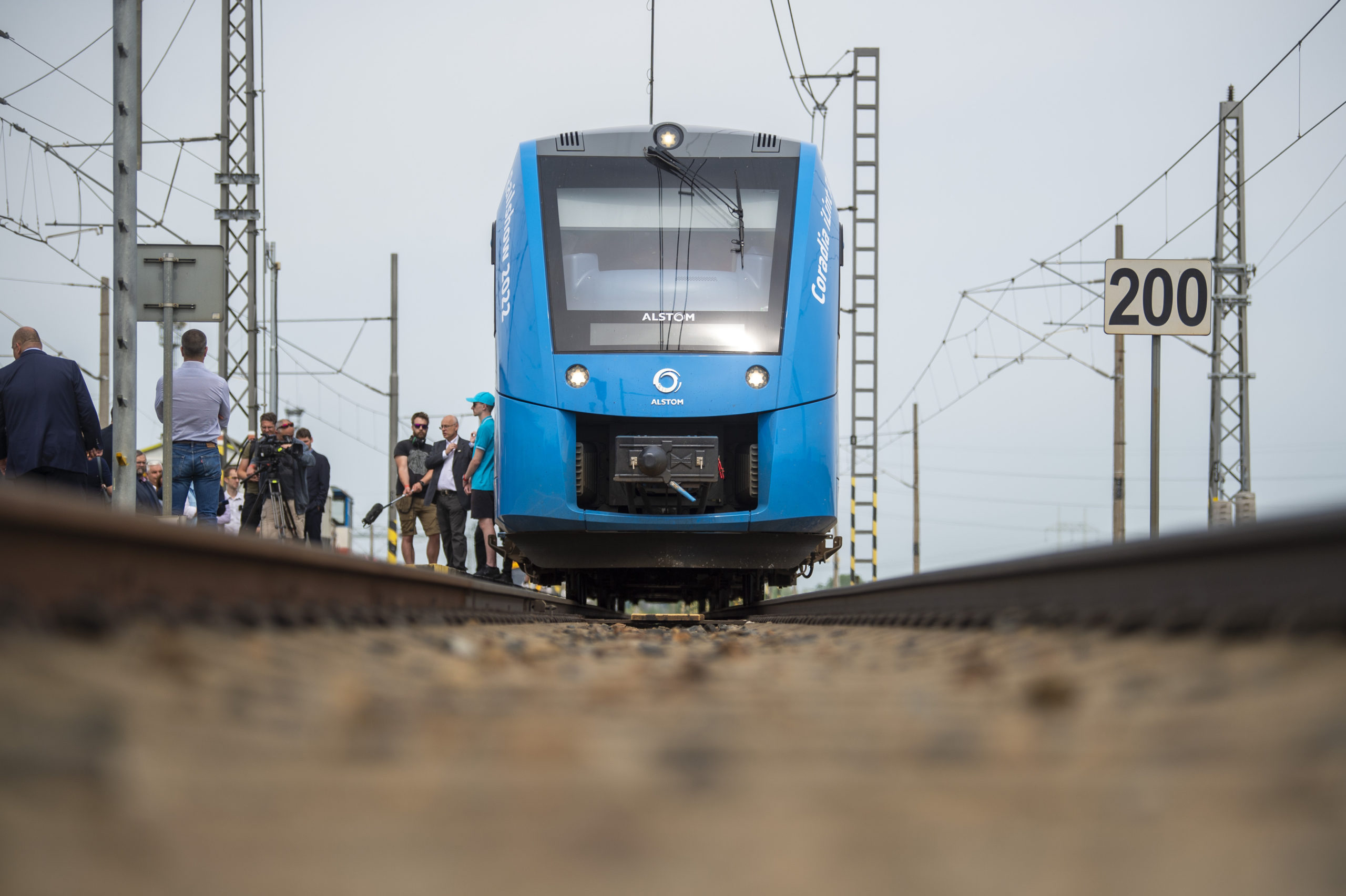On the very first day of my “Reporting on Climate Change” class at the Harvard Extension School last August, a student asked if I had any strategies for responding to editors who say there’s not enough room for in-depth climate change stories, “which, they say, are too depressing, anyway?”
This was one of the questions I designed the curriculum to help students answer.
The underlying framework for responsibly reporting climate change news stories on deadline is to pair traditional journalism with elements of solutions journalism — in every story. Particular elements of solutions journalism provide broader context and depth, and keep audiences engaged. They empower people, and they empower journalists to customize stories to their own reporting interests, locations, and news outlets.
Related Posts
For decades, climate change reporting has been a specialty of science and environmental journalists, who learn to avoid the pitfalls of covering scientific uncertainty, activist hyperbole, corporate greenwashing, and disarming political rhetoric. Today, though, everyone is a climate change reporter because unexpected temperatures and shifts in weather patterns “is now the context for most, if not all, news stories,” argues journalism professor Jill Hopke in Nieman Reports.
But to report on the climate beat responsibly, journalists and their outlets must report more context in their stories and provide more depth. Failure to do so means repeating the journalistic mistakes in covering the Covid-19 pandemic, which continue to have deadly consequences for the public. Some journalists are still reporting authoritively on pre-print scientific articles. Others convey misunderstandings about the basics of how aerosol-borne viruses spread. Still others report using inexact metrics without clarifying that no metric is determinative. Unlike the pandemic, however, there’s no way for people to self-isolate from a worsening climate crisis.
I had three answers to my student’s question.
The easiest answer is to pitch editors stories that concern a topic already owned by the news outlet, such as a beloved park, river, community, or other location or group, but focus that story through a climate change lens.
A harder answer for my students to accept — especially for the younger journalists who are hungry for solo-authored work — is to share bylines and collaborate with other journalists to offer a climate angle to every story, pointing out to editors that news outlets already have, recently created, or are establishing climate desks.
The final answer got all my students nodding their heads: Pitch climate change stories that are so compelling that editors want to take them.
Moments later, another student asked the obvious follow-up question: What if you’re reporting a news story and don’t have time to find a compelling narrative?
Like journalists on other beats, reporters must advocate for the resources they need to cover climate change responsibly. So what constraints would my students face and have to argue to their editors about in getting the resources they need?
Reporters all over the world complain about editors’ responses to “doom and gloom” climate change stories, with editors instead asking for solutions journalism articles. Many journalism think-pieces have responded to that complaint, including one article about the risks of using solutions journalism to cover climate change. Those risks include over-simplied stories that suggest simplistic solutions, which, in turn, are ripe for corporate greenwashing or promote unrealistic technological solutions. But my course addresses these arguments, too.
Journalists need to understand that the problems of and solutions to climate change are interrelated and, for that reason, complicated. Conveying that complication empowers our audiences to inform themselves beyond our individual news reports and participate in the societal-level solutions that climate change requires. That means no more win-win stories about climate change.
No more hopeless lose-lose stories, either. Reporters must advocate for the resources they need to avoid such storytelling frameworks.
Instead, in reporting about the transition from diesel-to-hydrogen-powered trains, journalists should do the extra reporting to include that most hydrogen is still produced by fossil fuels and so continues to pollute the environment.
In reporting on a new computer model that offers solar-powered electrification as a kind of “Goldilocks” climate solution for the American West, acknowledge that reality is more complicated than any computer model and follow up on those complications, including how the policies needed to implement solar- and wind-powered electrification to the American West would change people’s lives. That’s in part because existing transmission lines are built where people are or go — including wildlife habitats, agricultural lands, and city edges (aka people’s “backyards”) — and some of those lands would need to to be converted to solar- and wind-farms.
If reporting on the U.S. government’s announcement about “rapid climate interventions” such as geoengineering, report such interventions as emergency stop-gap measures that will not address the underlying problem of our burning fossil fuels and could leave us all breathing foul air.
The American Press Institute states that the purpose of journalism is to inform the public so people have the information they need to make “the best possible decisions about their lives, their communities, their societies, and their governments.” But people can’t make the best possible decisions about climate change if every time they come across a climate change story they point out its faults for being too positive or turn the page or scroll past it because it is too negative. So as journalists we must give our audiences at least enough information so they feel empowered to make at least one decision: to inform themselves further.
Robert Frederick, NF ’21, is teaching Harvard Extension School’s first journalism course on climate change. He has been a science journalist for two decades, including stints on staff with St. Louis Public Radio, Science, and American Scientist.



